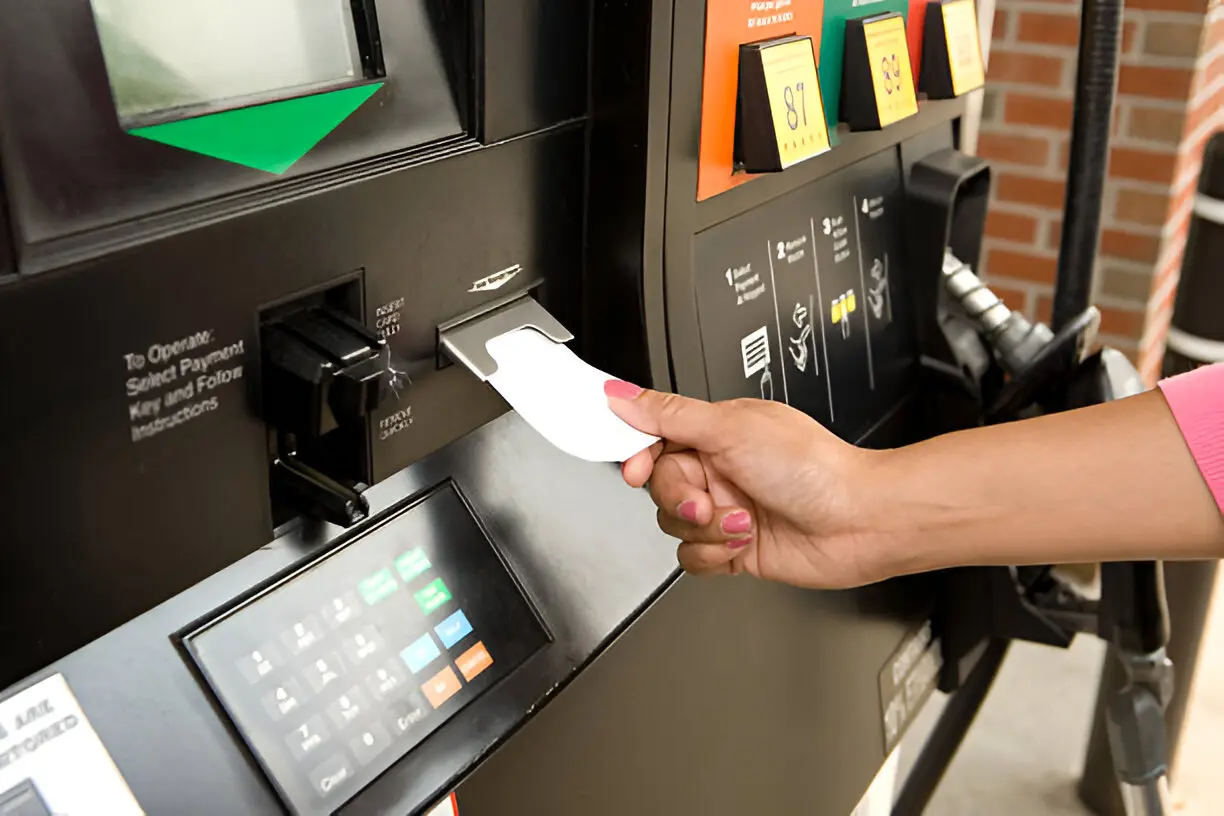Running a fleet is a balancing act between operational demands, rising fuel costs, and keeping drivers productive on the road. That’s where a fuel card solution comes in. Far from being just a payment method, modern fuel cards give fleet managers real-time insights, tighter control over spending, and the ability to turn every fuel stop into an opportunity for cost savings. By streamlining purchasing, monitoring driver habits, and reducing administrative work, these tools can transform fueling from a constant expense into a source of operational efficiency — and even greater profitability.
1. Real-Time Cost Control
One of the biggest challenges for fleet operators is unpredictable fuel costs. A fuel card solution allows managers to track purchases instantly, set spending limits, and prevent unauthorized transactions. With this visibility, you can ensure drivers only purchase fuel — not snacks, car washes, or other non-approved items — keeping every dollar where it should be. Real-time alerts also help spot irregularities, such as repeated small fills that may indicate fuel theft or inefficiency.
2. Streamlined Administration
If you’ve ever spent hours sifting through paper receipts, you know how tedious fuel expense tracking can be. Fuel cards automatically capture transaction details, such as location, volume, and price, and feed them into your fleet management software. This eliminates manual data entry, reduces errors, and frees up your administrative team to focus on strategic tasks. Some solutions even integrate with accounting systems, simplifying tax reporting and helping you reclaim fuel tax credits more efficiently.
3. Improved Driver Efficiency
Every minute a driver spends searching for a fuel station or paying at the counter is time your fleet isn’t moving. Fuel cards partnered with large fuel networks let drivers quickly find approved locations along their route. Many systems also provide route optimization tools, ensuring that fuel stops are strategically chosen for both cost and convenience. This means less downtime, fewer detours, and faster deliveries — all contributing to improved overall fleet productivity.
4. Data-Driven Decision Making
Modern fuel cards do more than log purchases — they generate valuable analytics. Over time, you can identify patterns such as high-consumption vehicles, underperforming routes, or drivers with excessive idle time. These insights enable targeted interventions, whether that’s vehicle maintenance, driver training, or route adjustments. Data turns guesswork into informed action, allowing you to continuously refine your fuel strategy and improve margins.
5. Boosting Bottom-Line Results
Fuel is one of the largest controllable expenses for a fleet, and even small percentage savings can add up to thousands of dollars over a year. By cutting waste, preventing fraud, and optimizing fueling habits, fuel cards help fleets reduce per-mile costs. Combined with productivity gains and reduced administrative overhead, these savings directly boost profitability — turning fuel from a liability into a competitive advantage.
Conclusion
From reducing fuel waste to unlocking actionable insights, fuel cards offer far more than simple payment convenience. A well-implemented fuel card solution can give your fleet the visibility, control, and efficiency needed to thrive in a competitive market. By managing your fuel spend strategically, you can transform your fleet’s fueling process from a routine task into a profit-driving operation.
Also Read-Online Lead Generation Techniques for Professional Services










